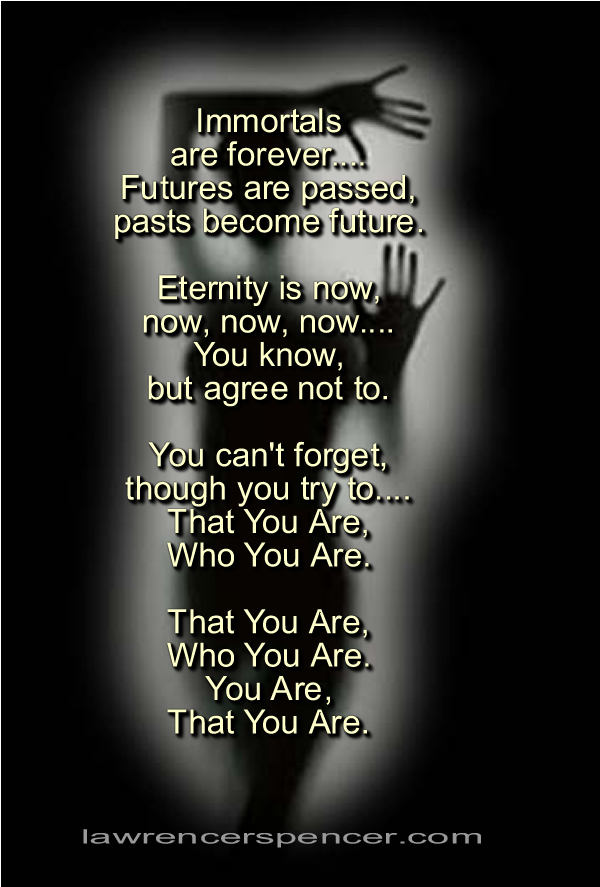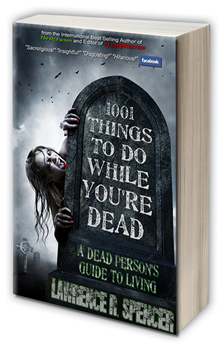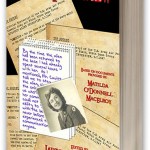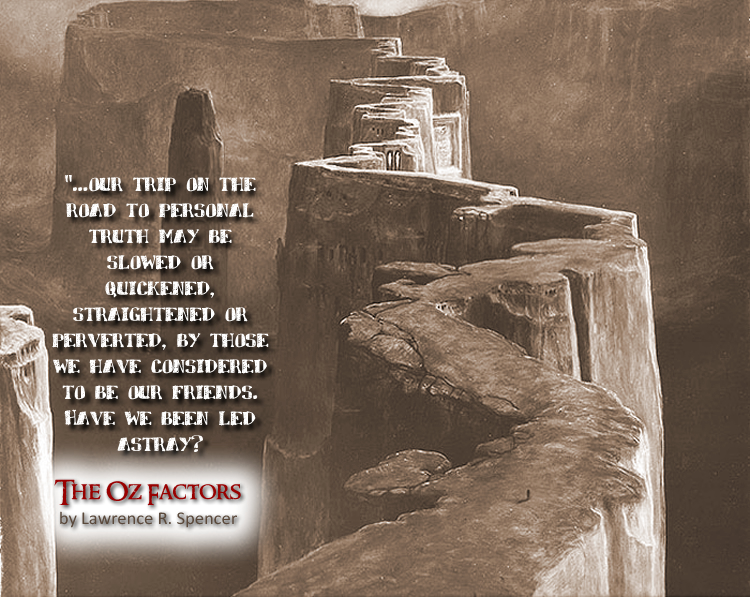Republished by Blog Post Promoter
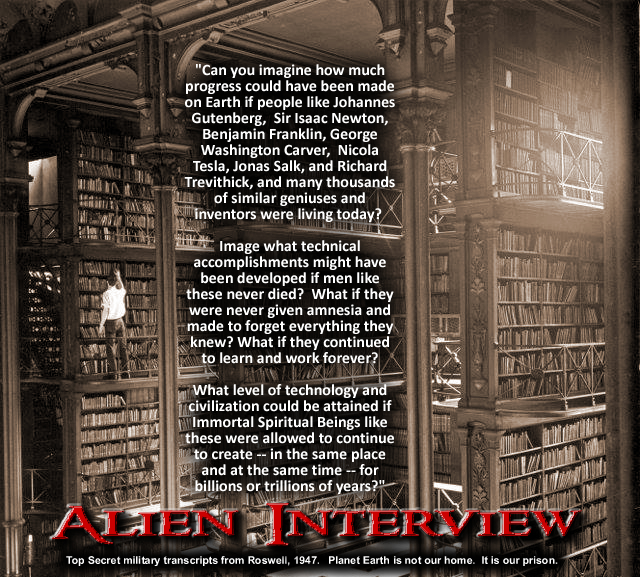

“Can you imagine how much progress could have been made on Earth if people like Johannes Gutenberg [i] (Footnote), Sir Isaac Newton, Benjamin Franklin, George Washington Carver, [ii] (Footnote) Nicola Tesla, Jonas Salk, [iii] (Footnote) and Richard Trevithick, [iv] (Footnote) and many thousands of similar geniuses and inventors were living today?
Image what technical accomplishments might have been developed if men like these never died? What if they were never given amnesia and made to forget everything they knew? What if they continued to learn and work forever?
What level of technology and civilization could be attained if Immortal Spiritual Beings like these were allowed to continue to create — in the same place and at the same time — for billions or trillions of years?” — Airl, Pilot-Officer-Engineer of The Domain
[i] “…Johannes Gutenberg…”
“Johannes Gensfleisch zur Laden zum Gutenberg (c. 1400 – February 3, 1468) was a German goldsmith and printer, who is credited with inventing movable type printing in Europe (c. 1439) and mechanical printing globally. His major work, the Gutenberg Bible, also known as the 42-line bible, has been acclaimed for its high aesthetic and technical quality.
Although Gutenberg was financially unsuccessful in his lifetime, the printing technologies spread quickly, and news and books began to travel across Europe much faster than before. It fed the growing Renaissance, and since it greatly facilitated scientific publishing, it was a major catalyst for the later scientific revolution. Gutenberg is thought to have said: “Give me 26 soldiers of lead and I shall conquer the world.”
Printing was also a factor in the Reformation: Martin Luther found that the 95 Theses, which he posted on the door of his church, were printed and circulated widely; subsequently he also issued broadsheets outlining his anti-indulgences position (ironically, indulgences were one of the first items Gutenberg had printed). The broadsheet evolved into newspapers and defined the mass media we know today.”
— Reference: Wikipedia.org
[ii] “…George Washington Carver…”
“George Washington Carver (July 12, 1864 – January 5, 1943) was an American botanical researcher and agronomy educator who worked in agricultural extension at the Tuskegee Institute in Tuskegee, Alabama, teaching former slaves farming techniques for self-sufficiency.
George Washington Carver reputedly discovered three hundred uses for peanuts and hundreds more uses for soybeans, pecans and sweet potatoes. Among the listed items that he suggested to southern farmers to help them economically were adhesives, axle grease, bleach, buttermilk, chili sauce, fuel briquettes, ink, instant coffee, linoleum, mayonnaise, meat tenderizer, metal polish, paper, plastic, pavement, shaving cream, shoe polish, synthetic rubber, talcum powder and wood stain. Three patents (one for cosmetics, and two for paints and stains) were issued to George Washington Carver in the years 1925 to 1927; however, they were not commercially successful in the end. Aside from these patents and some recipes for food, he left no formulas or procedures for making his products. He did not keep a laboratory notebook.
Carver’s most important accomplishments were in areas other than industrial products from peanuts, including agricultural extension education, improvement of racial relations, mentoring children, poetry, painting, religion, advocacy of sustainable agriculture and appreciation of plants and nature. He served as a valuable role model for African-Americans and an example of the importance of hard work, a positive attitude and a good education. His humility, humanitarianism, good nature, frugality and lack of economic materialism have also been widely admired.
One of his most important roles was that the fame of his achievements and many talents undermined the widespread stereotype of the time that the black race was intellectually inferior to the white race. In 1941, “Time” magazine dubbed him a “Black Leonardo”.
— Reference: Wikipedia.org
[iii] “…Jonas Salk…”
“Jonas Edward Salk (October 28, 1914 – June 23, 1995) was an American biologist and physician best known for the research and development of the first effective polio vaccine.
While being interviewed by Edward R. Murrow on “See It Now” in 1955, Salk was asked: “Who owns the patent on this vaccine?” Surprised by the question’s assumption of the requirement of a profit-motive for his creation, he responded: “There is no patent. Could you patent the sun?”
— Reference: Wikipedia.org
[iv] “…Richard Trevithick…”
“ Richard Trevithick (born April 13, 1771 in Cornwall – died April 22, 1833 in Kent) was an English inventor, mining engineer and builder of the first working railway steam locomotive.”
— Reference: Wikipedia.org
Nikola Tesla (10 July 1856 – 7 January 1943) was a Serbian American inventor, electrical engineer, mechanical engineer, physicist, and futurist best known for his contributions to the design of the modern alternating current (AC) electricity supply system. — Reference: Wikipedia.org (Tesla is an Officer of The Domain also, according to these Top Secret interviews)

